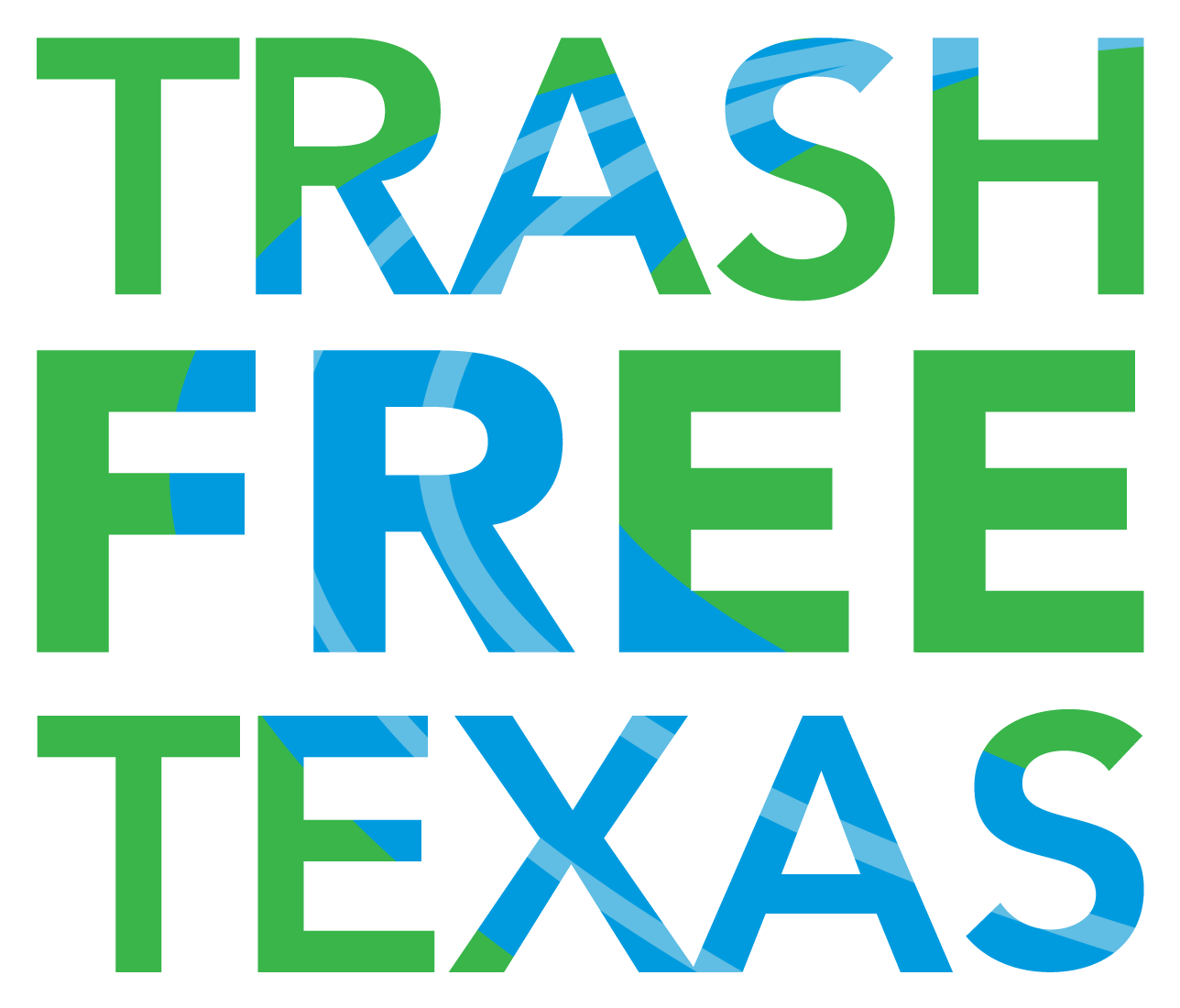Recreational Litter CLEANUP Toolkit
This Recreational Litter Cleanup Toolkit provides resources to assist local and regional governments, nonprofit organizations, and other entities interested in hosting recreational driven litter cleanup events such as plogging, plalking, pliking, and pladdling, or creating educational campaigns to encourage these activities.
Litter is a major problem, and litter cleanup is a major expense for local governments each year. Volunteer litter cleanup events help combat the problem and combining them with recreational activities is a growing strategy for communities to engage new audiences in litter cleanup efforts. Recreational litter cleanup activities do not have to be burdensome or time consuming. Events or campaigns can be scaled to fit your organization’s capabilities and goals and can easily be added on as another participation option for annual clean up events such as the Great American Cleanup.
Recreational Litter Cleanup events and educational campaigns are a great way to engage outdoor recreationists in cleaning up and protecting the outdoor spaces they enjoy by encouraging them to incorporate the practice into their routine activities.
A great place to start is understanding the different types of recreational litter cleanup activities, their history, and where they came from. Plogging is a term invented around 2016 by Swede Erik Ahlström referring to the act of picking up trash and litter while jogging. It is a portmanteau of the Swedish term plocka upp, which means "to pick up," and the English word jogging. Following this pattern, we get:
Plogging = Cleaning up litter while jogging
Plalking = Cleaning up litter while walking
Pliking = Cleaning up litter while hiking or biking
Pladdling = Cleanup litter while paddling (in canoes, kayaks, or on stand-up paddleboards)
For simplicity and conciseness, the term “plogging” will be used throughout most of the following resources. However, these materials can be applied to all recreational litter cleanup activities.
If you are looking to plan and implement a Recreational Litter Cleanup event or just to encourage these activities in your community with an educational campaign, take a look at the available resources below. In most cases, resources are downloadable and editable for your specific needs and branding, and are organized into six categories. If you are looking for just social media templates to promote recreational cleanup type activities in your community, jump straight to the Promoting Your Event section.
*Please be aware that the drop-down menus below will automatically collapse after a selection is made. To avoid collapsing, right click on a link within the drop-down and select “Open in a new tab (or window).”
Plogging Waste Stations
If your community would like to make plogging and related efforts a continued focus year-round, creating plogging waste stations with signage can be a great way to further these efforts. Plogging waste stations combine a trash receptacle together with educational signage in a public space, such as a park, to prompt action by recreationists. These waste stations are encouraged to be combined with existing structures such as doggie waste stations or trash cans along a trail or near a pavilion to be the most cost effective. They may also be erected as stand-alone stations near litter hot spots that do not have a waste receptacle nearby. Each community should decide what is most effective for their needs when it comes to installation cost, location, and emptying of associated waste receptacles. These signs may also be posted without a nearby waste station as an educational touch-point.
RECREATIONAL CLEANUP TOOLKIT - PILOT PARTICIPATION SURVEY
The below linked survey is intended to collect feedback from pilot users on our recreational litter cleanup toolkit and resources after being put through a real-life application. We appreciate your feedback and participation in piloting these resources; your responses provide value by helping strengthen and streamline them.
The North Central Texas Council of Governments received funding from the United States Environmental Protection Agency to develop this toolkit, which was completed through a partnership with the Houston-Galveston Area Council and Texas State University.

